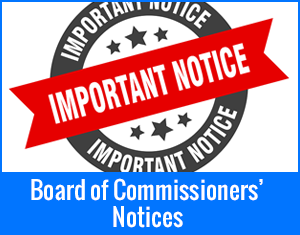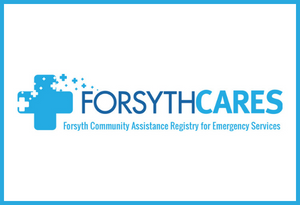
- By Leslie Peck
- Posted Monday, May 4, 2020
Be on the Lookout: Camellia Leaf Gall
Be on the lookout! We are seeing camellia leaf gall in our area (Forsyth County).
Camellia leaf gall is a plant disease caused by the fungus Exobasidium camelliae. This fungus only infects camellias, and is most commonly seen on Camellia susanqua. The symptoms of camellia leaf gall include fleshy leaves and new shoots, with colors that range from cream, to yellow or sometimes red.
As the fungus matures, the tissue on the back of the leaf will peel away to reveal the white fungal spores beneath. At this time, the spores can spread by wind or splashing water.
If you’re seeing camellia leaf gall, you will want to remove the affected leaves or plant stems to prevent the disease from spreading further in your garden, or to other camellia plants nearby. Typically, this disease is not damaging to the plant, but it is unsightly. Remove infected tissue and dispose of it. If any infected tissue has fallen to the ground around the plant, you will want to remove this as well so that the fungus cannot overwinter and return next season.
Click here for a video on camellia leaf gall from Clemson Cooperative Extension.
Photos by Forsyth County Extension Master Gardener Volunteer David Yount.











